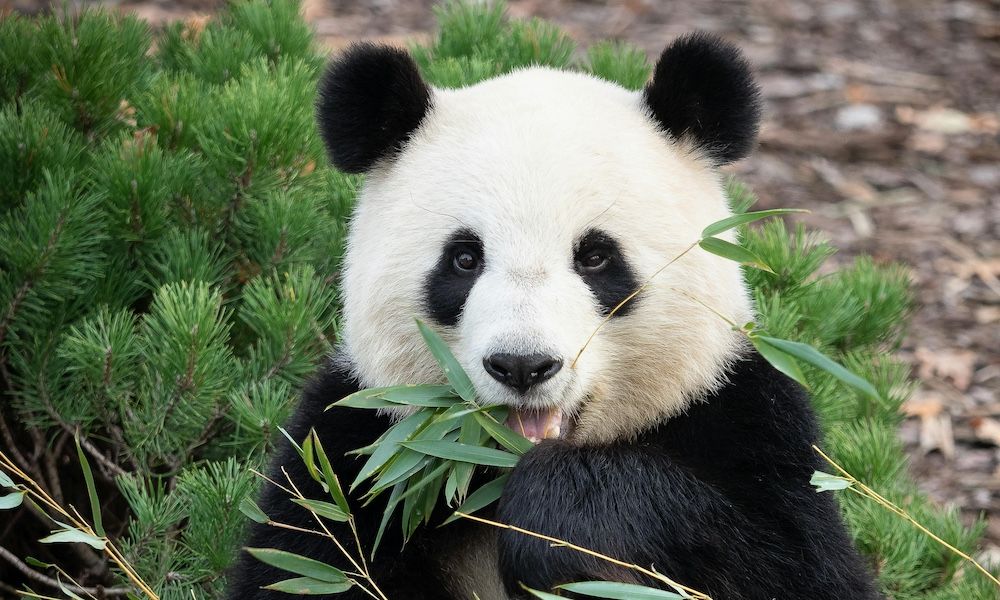Yellowstone National Park, located at the intersection of Wyoming, Montana, and Idaho, is the world’s first national park. Renowned for its breathtaking landscapes and rich ecosystems, Yellowstone has become a dream destination for adventurers, photographers, and nature enthusiasts alike.
The name of Yellowstone National Park comes from the Yellowstone River, which flows through the park. The river's name is derived from the yellowish rocks found in the surrounding area. These rocks appear yellow when illuminated by sunlight, hence the name "Yellowstone." This name was first used by explorers and early settlers and was officially adopted when the park was established in 1872.
Covering over 3,400 square miles, the park boasts a diverse array of terrain, including mountains, lakes, rivers, and forests, creating a rich ecological environment. The towering peaks exhibit different characteristics with the changing seasons: vibrant wildflowers bloom in spring, lush greenery envelops the landscape in summer, colorful foliage paints the scenery in autumn, and winter blankets the area in a pristine layer of snow, transforming it into a fairytale land.
One of Yellowstone's most striking features is its unique geothermal activity. The park contains more than half of the world's geothermal features, including the famous Old Faithful geyser, which erupts approximately every 90 minutes, sending water up to 100 feet in the air and attracting thousands of visitors. Additionally, the park is home to numerous hot springs and mud pots, with the Rainbow Pool being particularly famous for its vibrant colors created by bacteria and minerals reflecting sunlight, resembling a natural rainbow canvas.
Yellowstone's ecosystem is equally diverse, serving as a habitat for a wide range of wildlife. Over 300 species of birds, 67 species of mammals, and hundreds of plant species thrive in this area. In the vast grasslands, visitors can often see herds of bison, elk, and pronghorn, especially active during spring and summer. The park is also home to predators such as gray wolves, black bears, and grizzly bears, roaming freely through the forests and contributing to a complete ecological chain. Additionally, the clear waters of Yellowstone Lake and the Yellowstone River are home to various fish species, adding vibrancy to the ecosystem.
The park is rich in sights to behold; besides Old Faithful, the Yellowstone Grand Canyon and its stunning waterfalls are must-see attractions. The canyon, about 1,200 feet deep and 400 feet wide, features majestic waterfalls cascading down, creating picturesque scenery. Visitors can hike along the canyon’s rim, enjoying breathtaking views and capturing unforgettable moments.
In Yellowstone, hiking and camping are the best ways to explore this natural wonder. The park offers hundreds of trails suited to different skill levels, ranging from easy lakeside strolls to challenging mountain hikes, all leading deeper into this magnificent wilderness. Camping provides another way to connect with nature, with several campgrounds allowing visitors to sleep under the stars, listening to the sounds of nature and enjoying peaceful nights.
Yellowstone is not just a paradise for nature lovers; it also plays a crucial role in wildlife protection and environmental conservation. Park management is dedicated to maintaining ecological balance and ensuring that this land can be preserved for future generations. Through educational and conservation programs, visitors not only appreciate the beauty of the natural landscape but also understand the importance of environmental protection.
Yellowstone National Park is a place filled with wonder and charm. Its natural marvels and ecological diversity make it one of the most precious treasures on Earth. Whether wandering by the colorful hot springs or contemplating by a serene lake, Yellowstone offers endless surprises and profound experiences for every visitor. This land is not only a gem of the planet but also a refuge for the human spirit, inspiring us to explore, appreciate, and protect our natural world.





